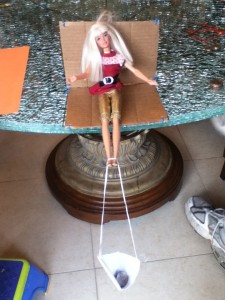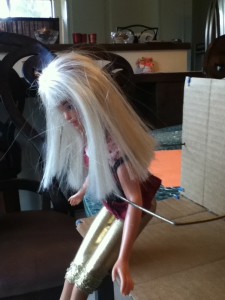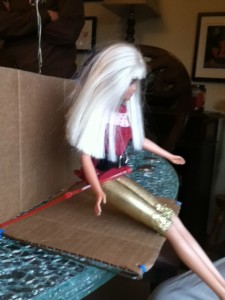Since our local Assemblyman Mike Morrell responded to Keely’s letters seeking ski lift safety requirements we decided to start our efforts of change with him. It seemed logical to us to start with a politician as wouldn’t he have connections and ability to direct efforts or at least send us to someone who could? And I sincerely hoped that once the ball got rolling for change that the nightmares I have during ski season would cease- those nightmares that we are not doing enough to prevent another family from experiencing what we experienced. It is unfortunate that our eyes are now wide open.
Gearing up for the meeting in June of 2011 I decided to research ski lift accidents, standards and regulations. This was quite difficult not only because there is little information required to be reported and little in the way of regulations in this area, but it required me to be constantly focused on the accident that almost took Keely from us. Many times it seemed like looking for that needle in a haystack for who were we even try to present our persuasions. The US Forest Service? The State? The Counties? Those bodies in charge of maintenance and safety like CalOSHA? The Ski Industry? My optimistic self assumed that the politician would be all-knowing and tell us exactly that answer or better yet just take our idea and run like the wind with it. Your laughter is acknowledged. And here’s a visual to accompany that laughter- we took the entire family including the two year old to our first meeting with a politician as this was a big deal for us.
I am so ever thankful for that first meeting as Assemblyman Morrell was indeed helpful in helping us to focus on what it was we truly sought. We don’t want to impede on the individual’s choice nor impose requirements on the industry that would not be business friendly (we love the ski industry as we are a skiing family). He helped us to outline our argument and then sent us on our way to actually write a draft of the legislation we sought.
After three months of research in preparation of our meeting including a powerpoint presentation whose background music alone took me two months to choose (Clint Mansell’s “Lux Aeterna” depicts exactly how it feels as a parent to watch your child on life support) I now had until the first week of August 2011 to submit a proposed Bill to Morrell’s office. As a layperson how exactly is that written? We had assumed that was the purpose of a legislative staff. To this day I have no idea if what I drafted is anywhere close to what was typical and will post for your analysis.
Craig looked at me as we walked out of the meeting. I said, “Craig this could be huge. This would be industry altering.” He looked at me and replied, “Go big or go home.” We both agreed there is a need to focus on children’s safety in the sport of skiing and, thus, the ball began to roll.
It hasn’t always been a straight path but it seems as if all is happening as it should. The need to gather support will be a future installment including why we have opted not to pursue legislative action but seek a standards change within the ski industry.
Like this:
Like Loading...



